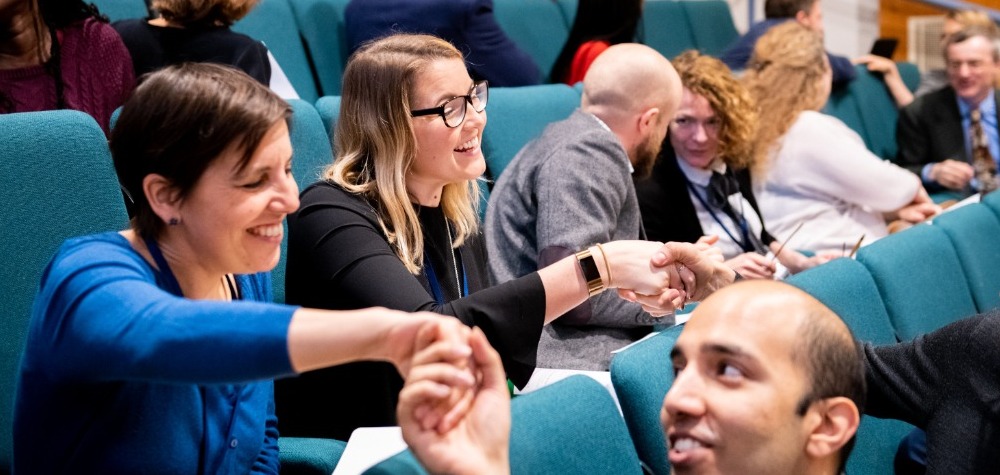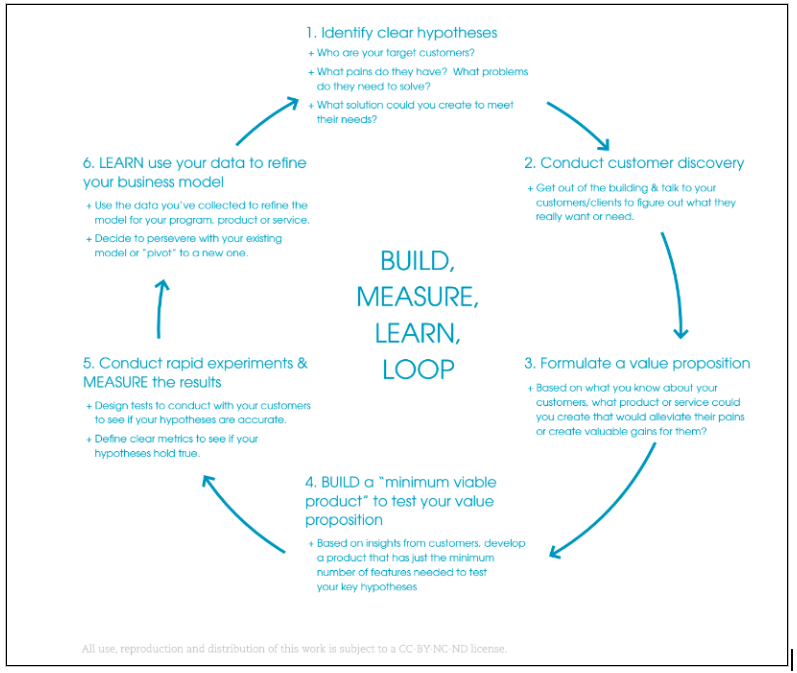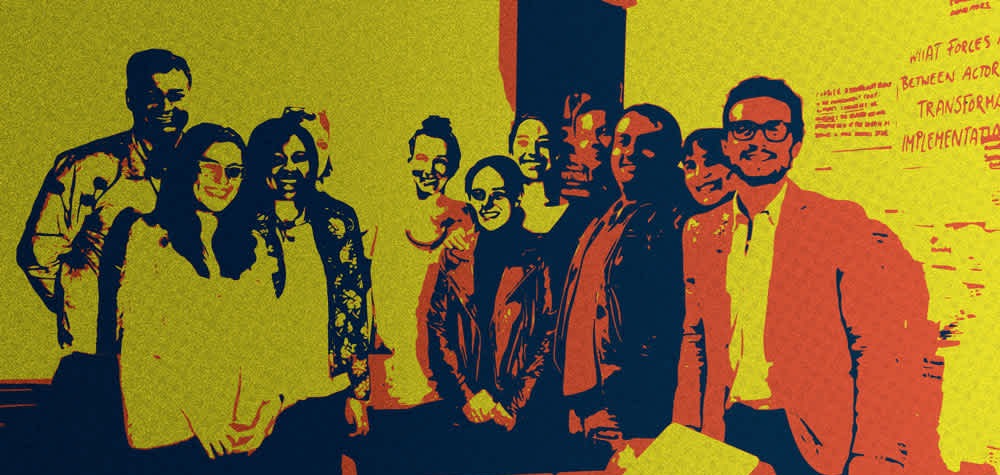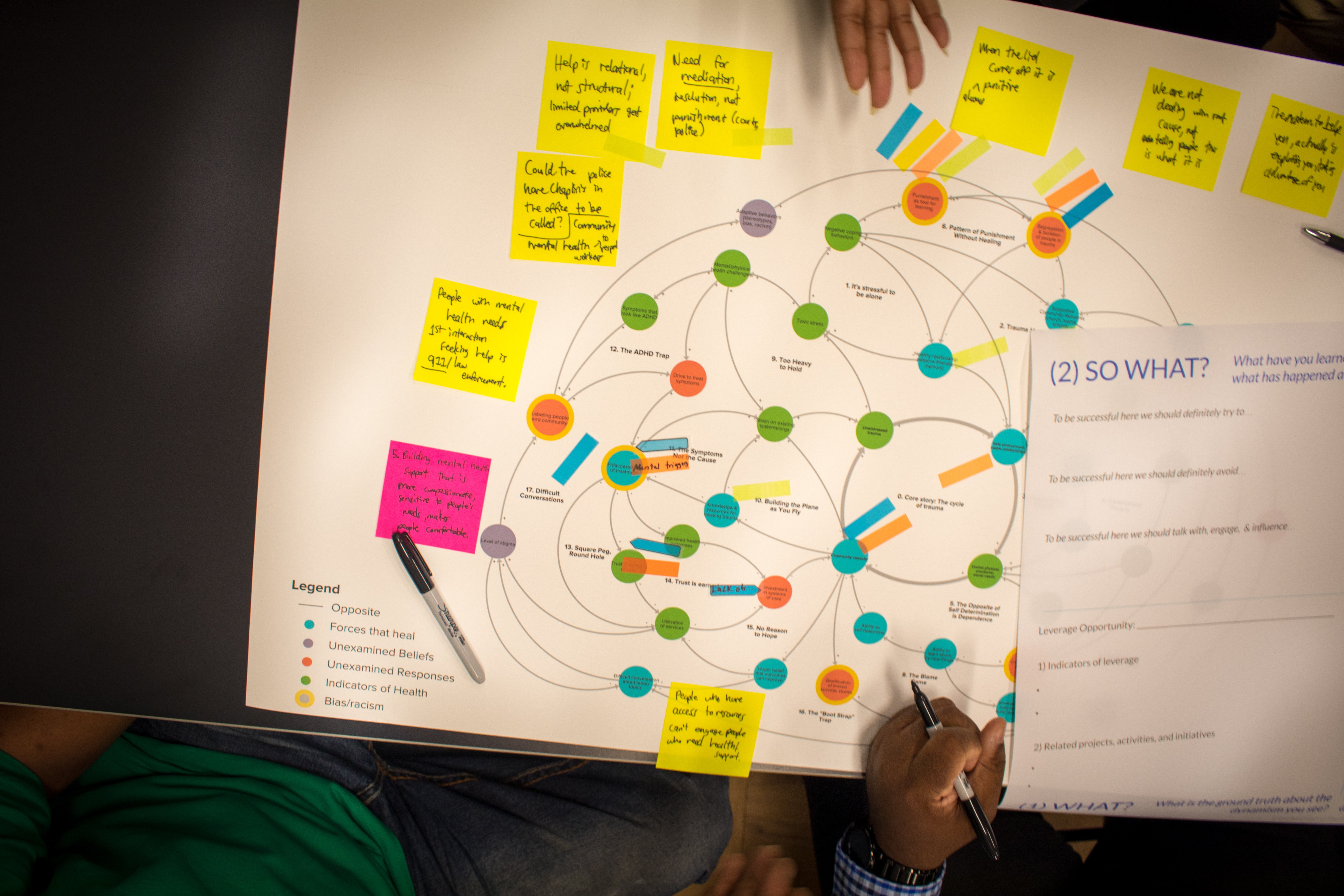Master Innovation
Driving social change at scale with (and from within) the government
How to leverage the scale of government and mobilize the power of grassroots organizations to drive change
July 18, 2019
Alex loved the days he got to visit his father's classroom. He would button up his cleanest polo, slide into his sandals, and run the entire way. It was just a small room in a simple schoolhouse in a rural town of Tamil Nadu, India, but he knew how much it meant to his dad.
"I'm here because of this district magistrate," his father would tell him. As a young kid from a family of ‘untouchables’ - one of the lowest castes in India - Alex idolized the district magistrate. He would dream of holding that same government position, building programs to empower kids like him.
The demands being made on governments are deepening, overlapping, and quickening.

Watch Now
Close
Adopting a lean mindset
What is Lean Startup?
1. It favors experimentation over elaborate planning.
2. It prioritizes customer feedback over intuition.
3. It emphasizes iterative design over traditional “big design upfront” elements.

Getting closer to the customer
What is human-centered design?

Watch Now
Close
Prototyping new ideas inside government
How might we provide support for seniors who come into the emergency room, but don’t actually need to be admitted?
The following day, the team began building prototypes, or models for how their service should look and feel. This formed the basis for getting quick feedback to improve - or even abandon - each idea.
"We keep moving, we make decisions."
Collaborative leadership
1. bringing different internal perspectives together
2. getting closer to the user
3. co-designing services with the community

Watch Now
Close
Recently, Andrés has been working to bring the private sector into the peacebuilding process. Four years ago, Colombia signed one of the most comprehensive peace agreements in the history of the world, but success was contingent on all sectors engaging in the process in a productive way, including the private sector. Andrés helped to facilitate investment strategies in affected regions and ensure that leaders at the local and national level are advocating for peace.
Everyone can learn to think systemically and lead people through adaptive change.

Author
Kimmy Bettinger
Kimmy Bettinger was the former Community Marketing Associate at Acumen Academy where she helps to amplify the inspiring work being done by Acumen’s global community of change-makers. She holds a BA in English & Comparative Literature from Columbia University and is based in Acumen’s San Francisco office.


